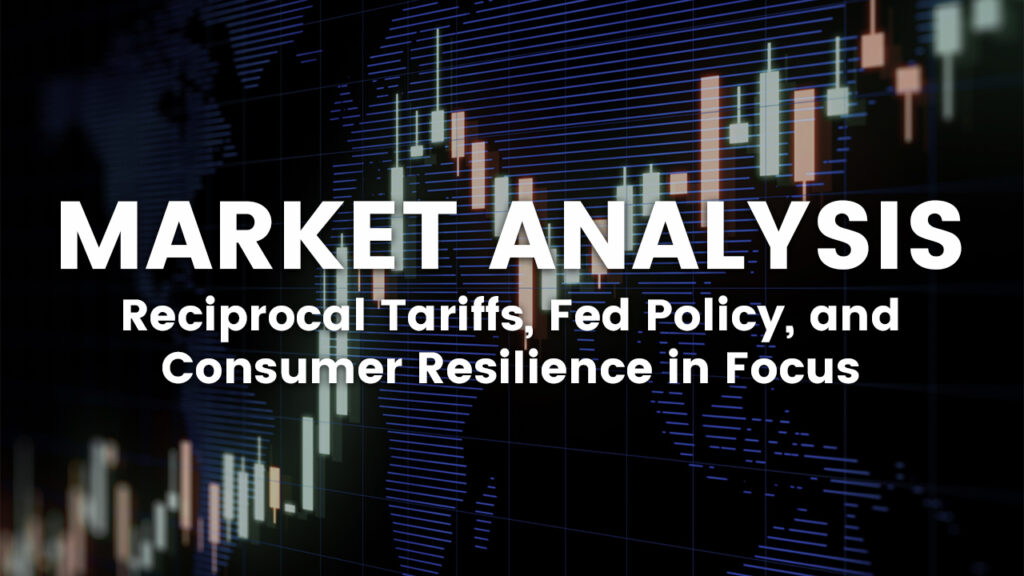Market Analysis: Reciprocal Tariffs, Fed Policy, and Consumer Resilience in Focus
Article published on February 13th, 2025 8:41AM UK Time

As markets digest geopolitical and economic developments, investor sentiment is being shaped by three key themes: the US administration’s tariff policy shift, Federal Reserve rate expectations, and the evolving state of the consumer. While global equities have maintained a positive bias, heightened volatility looms as traders react to US CPI data, central bank signals, and shifts in trade policy.
Reciprocal Tariffs: A New Front in Trade Tensions?
The White House’s plans to impose reciprocal tariffs have stirred speculation about their potential impact on trade flows and inflation. President Trump was expected to sign an executive order on Wednesday but ultimately deferred, with the action now slated for Thursday at 13:00 EST / 18:00 GMT.
- Policy Uncertainty: While details remain scarce, the White House is reportedly considering sectoral exemptions, including for autos and pharmaceuticals.
- Market Reaction: Trade-sensitive sectors such as industrials and exporters will be in focus, particularly if tariffs prompt retaliatory measures from key trading partners.
- Navarro’s Influence: Former trade advisor Peter Navarro is believed to be a driving force behind this policy shift, reinforcing expectations for a hawkish stance on trade heading into the election cycle.
Although markets have yet to react meaningfully, an escalation of trade tensions could have inflationary implications, potentially complicating Federal Reserve policy decisions in the months ahead.
Fed Policy: Powell’s Comments Reinforce Focus on PCE Inflation
Federal Reserve Chair Jerome Powell struck a cautious tone on the latest CPI reading, reaffirming that the Fed prioritizes PCE inflation over CPI. With PCE data set for release late Thursday, Powell’s remarks suggest policymakers remain in wait-and-see mode, assessing whether inflation trends warrant a shift in policy expectations.
- Market Pricing: Rate cut expectations have moderated slightly, with traders now assigning a lower probability to an early 2025 rate cut unless inflation shows clearer signs of easing.
- Bond Market Reaction: US Treasury yields have remained elevated, reflecting uncertainty over the Fed’s trajectory and sticky inflation dynamics.
- Equity Market Resilience: Despite the higher-for-longer rate environment, bullish sentiment persists, with futures pricing in a positive open in European and US markets.
Key Takeaways & Market Implications
🔹 Trade Policy Risks: Reciprocal tariffs remain a wildcard, with potential sector-specific impacts depending on implementation details.
🔹 Fed & Inflation: Powell’s comments reinforce that PCE data is critical, with rate cut expectations still fluid.
🔹 Consumer Stability: Despite weaker sentiment readings, financial optimism and labour market resilience remain supportive of risk assets.
As markets navigate trade uncertainty, central bank signals, and consumer trends, investors should remain cautious.